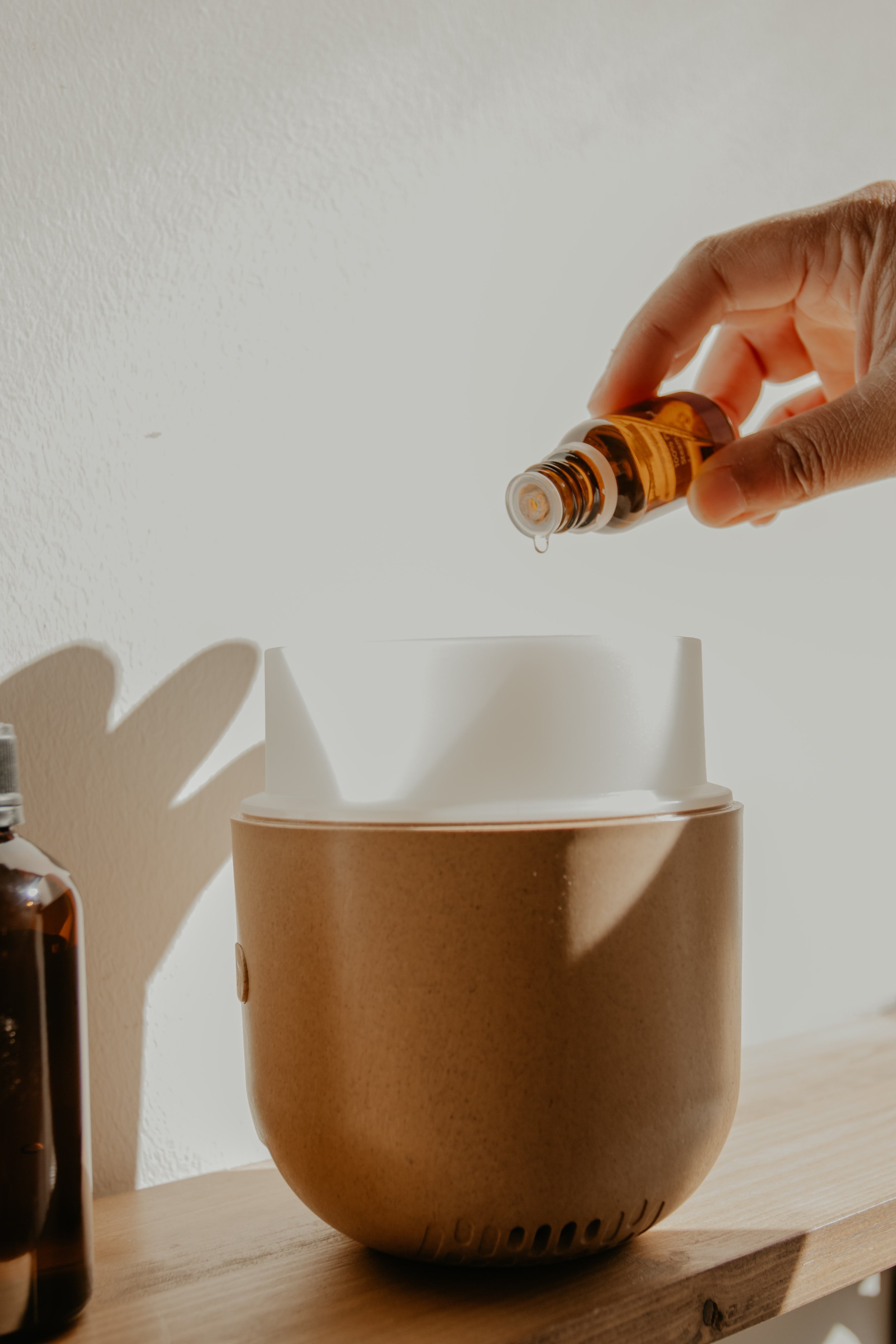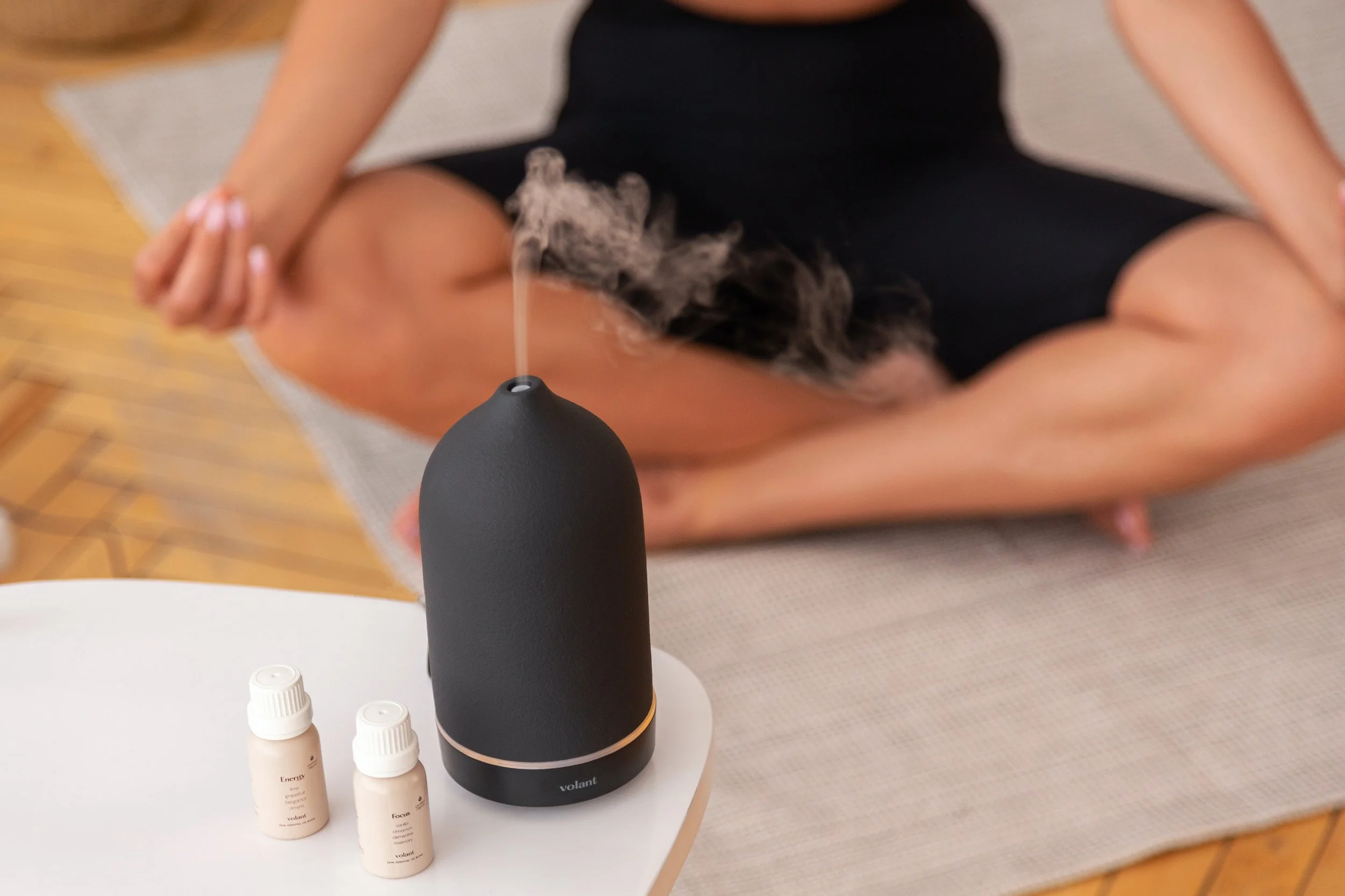Did you know your gut could smell?
I don’t about you but I would not really want to smell the inside of my digestive tract. It’s bad enough catching a smell inside an elevator or other enclosed spaces.
All jokes apart, it has been known for over a decade that many tissues in our bodies have olfactory receptors (ORs). New sequencing analysis showed that the expression of OR genes is not necessarily restricted to the nasal epithelium but can be found in almost all parts of the human body. Unfortunately, the physiological function of ectopically expressed ORs has been shown for only a limited number of receptors. It may be the reason why (thankfully) you can’t really smell the inside of your gut.
Olfactory receptors are indeed life-saving. We can smell food that is off to prevent food poisoning. We can also smell burning, which can indicate that dinner is ‘over-cooked’ or that the kitchen is on fire.
But smells have also been shown to play on our health and well-being. Indeed, the ever-increasing benefits of aromatherapy are just too numerous to enumerate. But it also explains why one person may find a particular smell soothing while it may have no effect on another person.
An incredible discovery worth mentioning
Several studies have reported the expression of ORs not only in healthy tissues such as heart, sperm or skin cells but also in cancerous tissues of the liver, prostate or intestine.
Additional elucidated roles for ORs in various tissue types include involvement in cell cytokinesis (cell division), blood pressure regulation and enzyme secretion in the kidneys. It was already identified several years ago that some ORs were detected in the skin and in primary keratinocytes, and activated by sandalore (a synthetic derivate of Sandalwood). The activation of a certain type of receptor led to an increase in proliferation and cell migration and to faster wound healing.[2] Therefore, the activity of a certain receptor when exposed to a certain smell can be activated and lead to activating specific cellular functioning — olfactory receptors can alter physiological effects after their activation. This is particularly important because it is shown to also be playing a part in cancer cells, and inhibition of cell proliferation.[3]
In a previous study, researchers observed the expression of several ORs in acute and chronic myelogenous leukaemia, potentially leading to a better understanding of the disease and determining effective treatment.
IBS-D and IBS-C, is your food smelling enough?
We have just exposed the presence of ORs in the heart tissues, the liver and the intestines. It has been known for nearly a decade that the intestines indeed have ORs. As it happens, these receptors modulate the production of serotonin in the gut. The release of serotonin from mucosal enterochromaffin cells (enteroendocrine cells found in the lining of the digestive tract, which play a crucial role in gastrointestinal regulation) triggered by luminal substances (the food we eat and microbial byproducts) is the key event in the regulation of gut motility and secretion. Indeed, we know that serotonin controls both gut motility and secretion and is implicated in pathologic conditions such as vomiting, diarrhoea, and irritable bowel syndrome (IBS), as well as diverticulitis and colon cancer.[4] Thus, olfactory receptors are potential novel targets in a new field of research for the treatment of gastrointestinal diseases and motility disorders.
Should we hypothesise that smell can help us heal and repair tissue?
This is indeed a very pertinent question, which could lead us to believe that odours that activate certain receptors can be the ‘cure’ to cancer and gut disorders such as IBS.
Well, some researchers have discovered that some odourant molecules can have a direct effect on the release of serotonin in the gut, in particular, thyme (thymol), cloves (eugenol), and lily of the valley (bourgeonal). Their discovery is not only unbelievable but what researchers found was that these smells promoted a tenfold production of serotonin in the gut. Maybe the importance of certain essential oils is far greater than just their antibacterial, antifungal, antioxidant and anti-inflammatory properties, or their role in wound healing or in stimulating the central nervous system (rosemary essential oil is shown to increase concentration and focus). [5]
Let's get back to basics
Odorous molecules bind to receptor proteins and act as a chemical stimulus, initiating electric signals that travel along the olfactory nerve's axons to the brain. The brain then deciphers the information into the sensation of smell. This can be when smelling flowers, the various smells of a crowded train or, as mentioned earlier, the kitchen burning. This either signals danger or frustration (we’ve all been there. A crowded tube is no ‘ocean breeze’ in the heat of Summer).
Now imagine if your skin could also smell…
In 2014, a team of researchers in Germany tried to activate certain ORs on the skin. It is without surprise that — as it has been discovered — we have olfactory receptors on our skin.[2]
Sandalwood is already known in Ayurvedic medicine for its many virtues and to treat skin disorders. Sandalwood essential oil is also the most used in the world. Today, we know that sandalwood also promotes wound healing when the odourant molecules attach to the cell olfactory receptor sites. The team of researchers reported an increase in cell proliferation of 32% and a faster migration of skin cells by almost 50%… two factors involves in faster (wound) healing.
This is not news.
Even if scientific studies on the chemical constituents of essential oils have just started in the 20th century, the history of using essential oils as medical agents or for relaxation goes back to ancient times in Egypt.
Without any research, following an explosion in the laboratory, French chemist René-Maurice Gattefossé — a chemist working at a family-owned perfume factory in France — deeply burnt his hand and developed gangrene. He happened to use an essential oil of lavender, which suppressed the pain and scar formation. Within weeks, his wounds and skin started to heal. He spent the rest of his life advocating the use of what it called ‘aromatherapy’.
This experience led him to study the possibility of using essential oils for therapeutic purposes. His book “Gattefossé’s Aromatherapy” is perhaps the earliest book published on aromatherapy by a scientist and it contains a substantial amount of description on terpenes.
If only he knew his skin could smell lavender and heal…
Exceptional results In vitro
Odorous molecules have been shown to stop uncontrolled cell proliferation in vitro. This means that ORs found on cancer cells also react to those odorous compounds.
In 2015, a team led by Prof. Hanns Hatt applied citronellal to liver cancer cells. Citronellal (or rhodinal) is a monoterpenoid aldehyde, the main component in the mixture of terpenes that give citronella oil its distinctive lemon scent. Citronellal makes up to 80% of the oil from kaffir lime leaves and is the compound responsible for its characteristic aroma, and can be found in large proportion in lemon essential oils.
When in contact with a particular receptor (OR1A2), citronellal increases calcium concentration in cancer cells. Calcium plays a crucial role in medicine because a large concentration of calcium stops cellular proliferation and also promote apoptosis (programmed cell death). Citronellal can thus stop the proliferation of cancer cells and ensure their destruction.
Looking again at the impressive results of sandalwood, researchers have discovered that sandalwood essential oil displays the same results on (OR51B5) the most highly expressed OR in chronic myelogenous leukaemia and can be considered as a new and promising pharmacological leukaemia solution for alternative treatments — an incurable disease so far.[1]
Another of the terpenes family showed similar results on prostate cancer in 2009, again by activating certain ORs. Activation of the endogenous receptor in prostate cancer cells by beta-ionone (found in the damask rose) evoked an intracellular calcium increase. Exposure to beta-ionone resulted in the inhibition of cell proliferation (reduced growth of prostate cancer cells).[6] Again, exposure to a certain odourant molecule led to high concentrations of calcium inside the cell, forcing the cell to commit suicide (a phenomenon known as apoptosis).
Adding a few drops of orange or rosemary essential oils in a diffuser can help you with concentration and focus.
Essential oil, new applications?
Essential oils have been used in multiple ways (i.e., inhaling, topically applying on the skin, and drinking). Thus, there are three major routes of intake or application involved: the olfactory system, the skin, and the gastrointestinal tract. Understanding these routes is important for clarifying the mechanisms of action of essential oils, the three systems involved, and the effects of essential oils and their constituents at the cellular and systemic levels.
So far, it was believed that odorant molecules only activated olfactory receptors in the nose and the information relayed to the brain. We now know that on the skin and in the digestive system, the chemical components of essential oils can directly activate gamma-aminobutyric acid (GABA) receptors. GABA is the chief inhibitory neurotransmitter and its principal role is reducing neuronal excitability throughout the nervous system (promote relaxation).
The use of essential oils was all the rage in early 2000. However, the misuse of these extremely potent (and to some extent toxic) essential products has slowed down the exposure of these products. Essential oils can also cause skin burns if applied pure (undiluted) topically.
Personally, I have used essential oils for over 3 decades and I am using them in food (essential oils that I spray on a plate at the moment of serving — e.g., basil, lemon, thyme and rosemary), in drinks (they are making a come back and are available as water flavourings in health store across the UK), in diffusers (I have one in almost every room, especially the office where I vary rosemary and orange essential oils), in wardrobes (I sprinkle on a piece of cloth that is hanged and also cedarwood essential oil that I sprinkle on cedarwood square to keep moths at bay), in laundry cleaning (amazing to naturally fragrance cloth conditioners), and also topically (diluted in a carrier. e.g., face wash and wound cleaner).
How are you using essential oils?
Essential oil diffuser can help set the mood and relaxation, ideal for meditation and massages.
What is your favourite, and why?
References
1. Koyama, S. Heinbockel, T. (2020). The effects of essential oils and terpenes in relation to their routes of intake and application. International Journal of Molecular Sciences. 21(5), 1558. doi.:10.3390/ijms21051558
2. Busse, D. et al. (2014 ). A synthetic sandalwood odorant induces wound-healing processes in human keratinocytes via the olfactory receptor OR2AT4. Journal of Investigative Dermatology. 134(11), pp. 2823-2832. doi:10.1038/jid.2014.273
3. Neuhaus, EM. et al. (2009). Activation of an olfactory receptor inhibits proliferation of prostate cancer cells. Journal of Biological Chemistry. 284, pp. 16218–16225.
4. Braun, T. et al. (2007). Enterochromaffin cells of the human gut: Sensors for spices and odorants. Gastroenterology. 132(5), pp. 1890-901. doi:10.1053/j.gastro.2007.02.036
5. Koyama, S. Heinbockel, T. (2020). The effects of essential oils and terpenes in relation to their routes of intake and application. International Journal of Molecular Sciences. 21(5), 1558. doi.:10.3390/ijms21051558
6. Neuhaus, EM. et al. (2009). Activation of an olfactory receptor inhibits proliferation of prostate cancer cells. Journal of Biological Chemistry. 284(24), pp. 16218–16225. doi:10.1074/jbc.M109.012096


